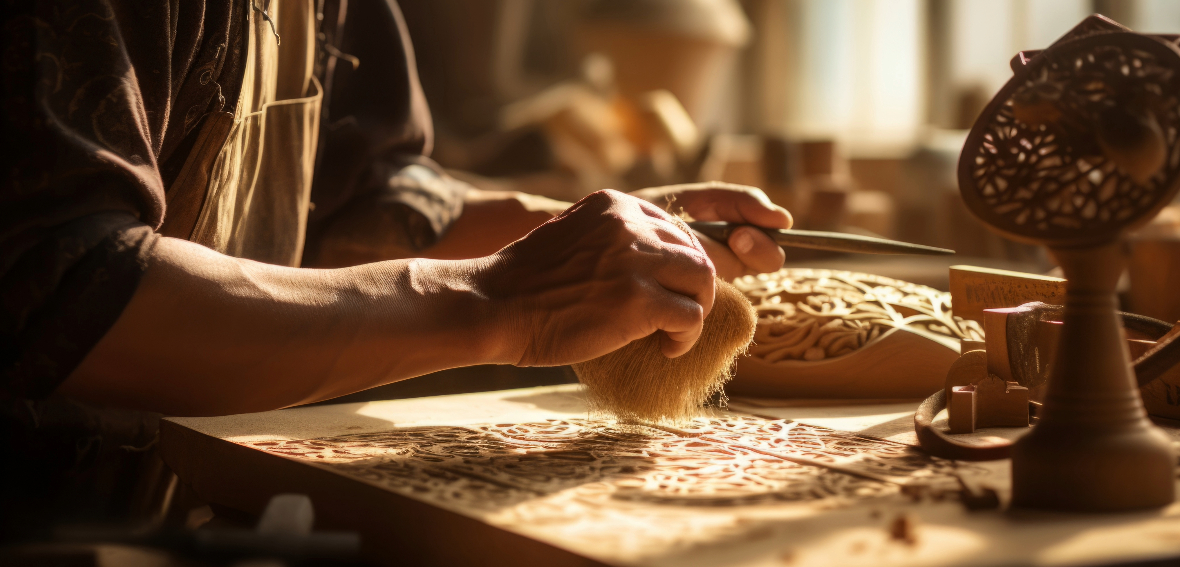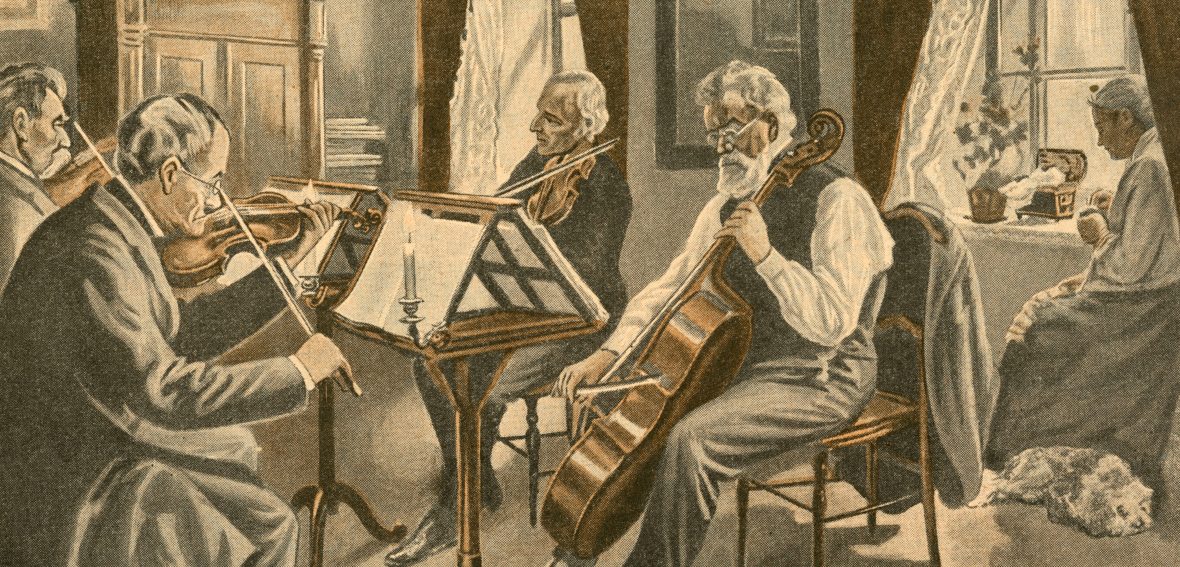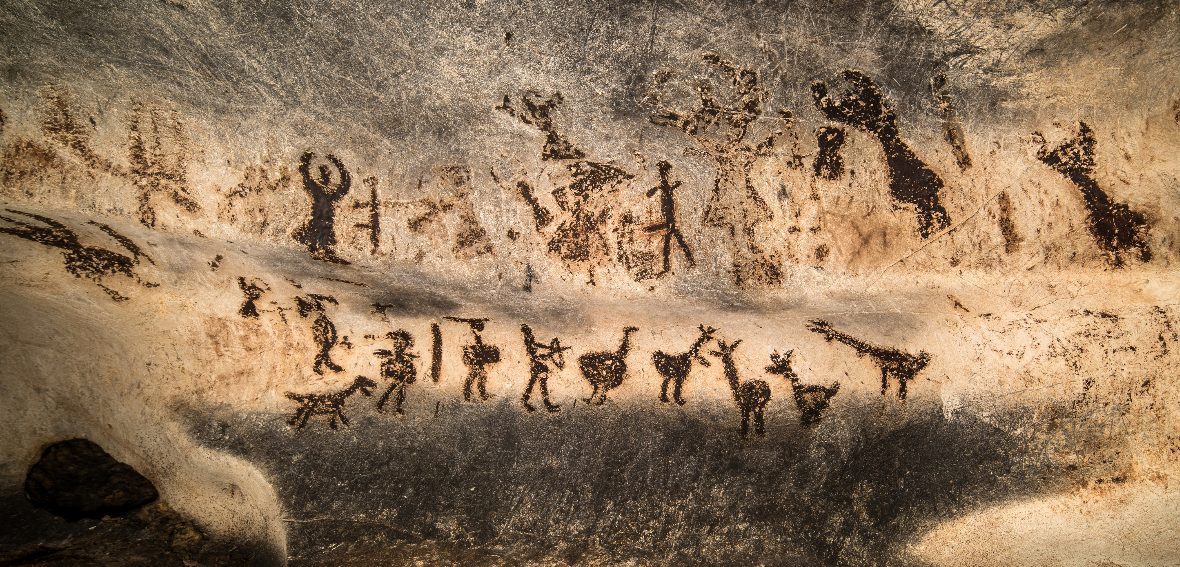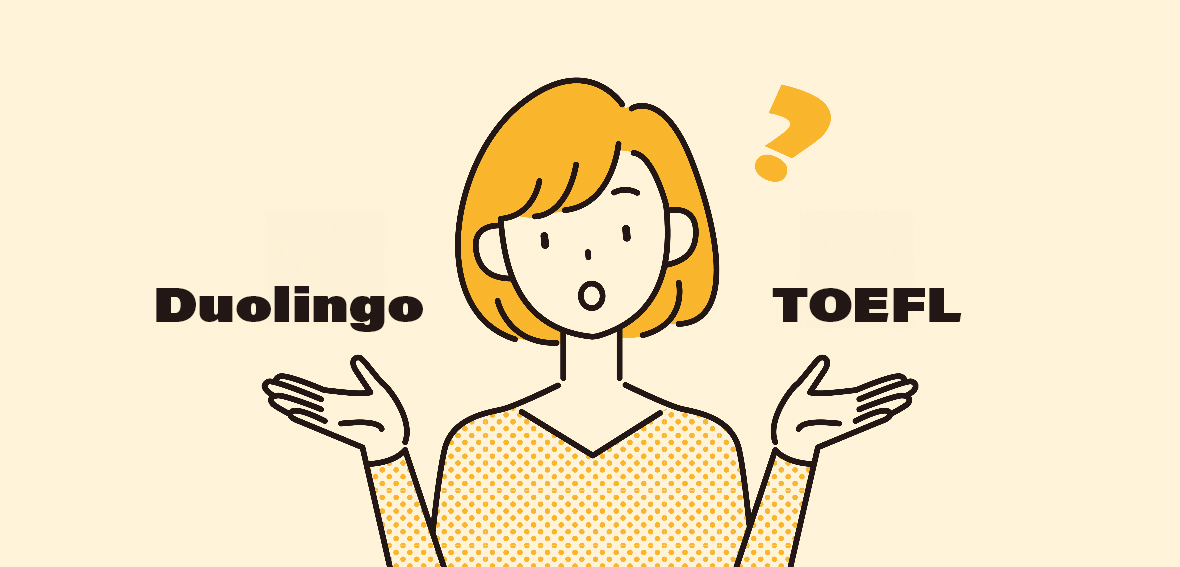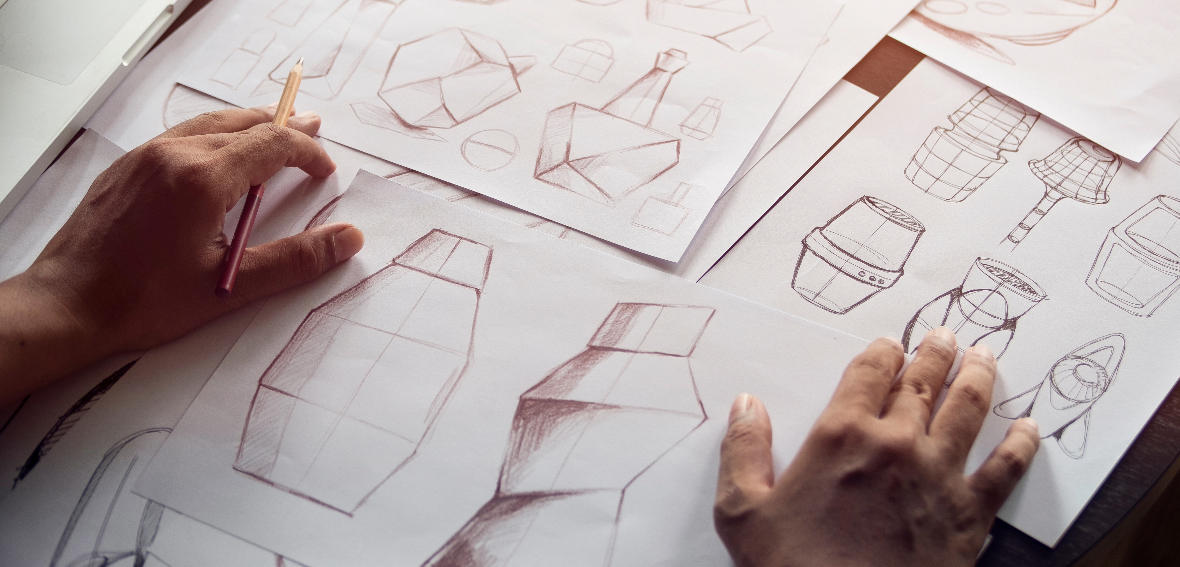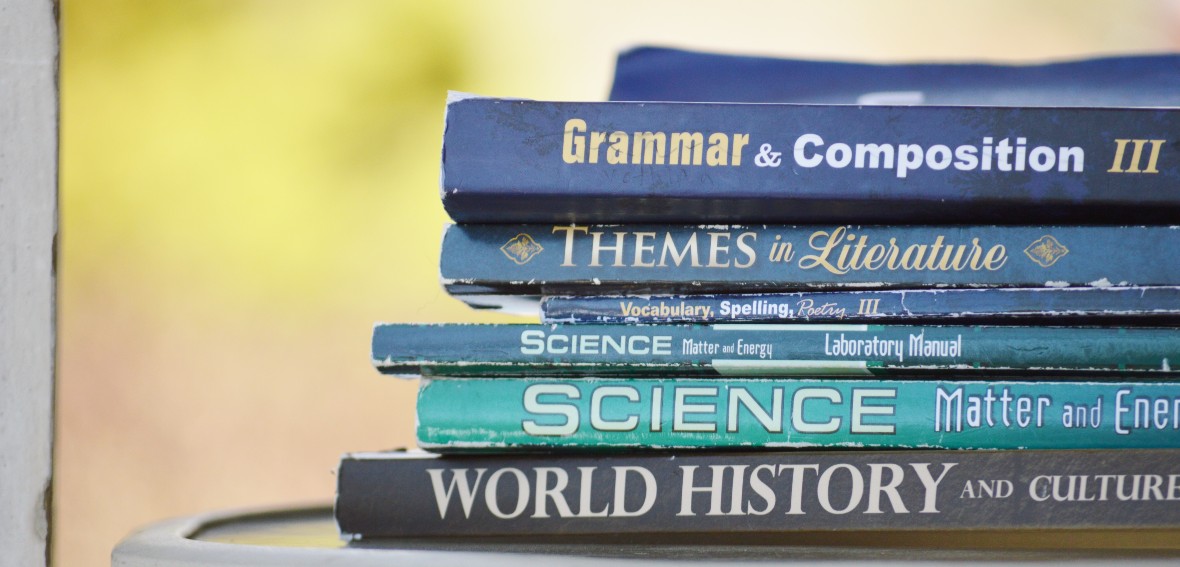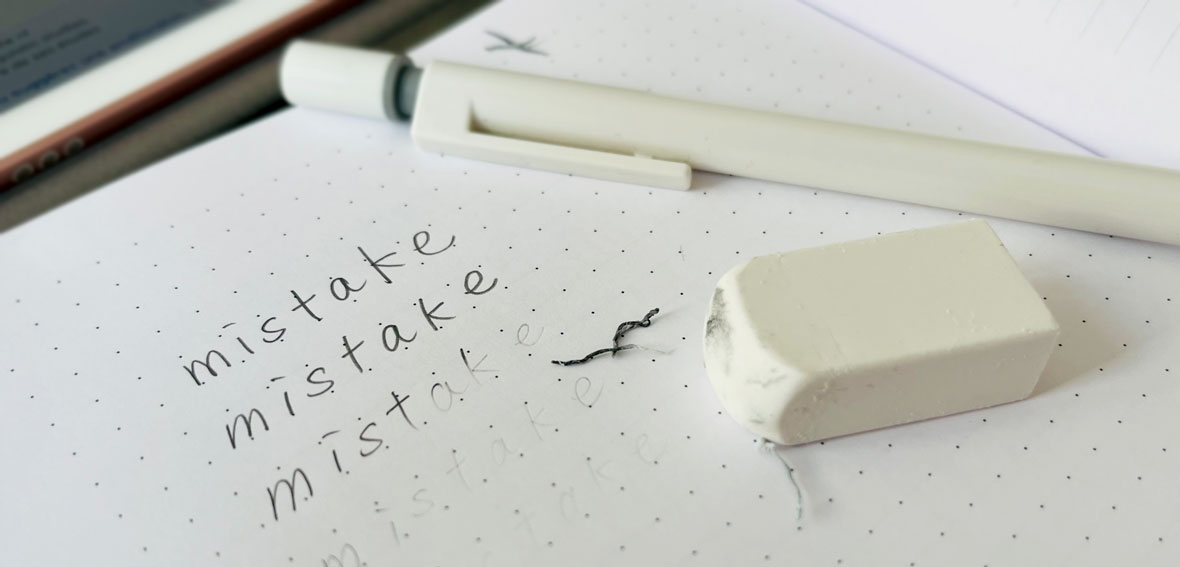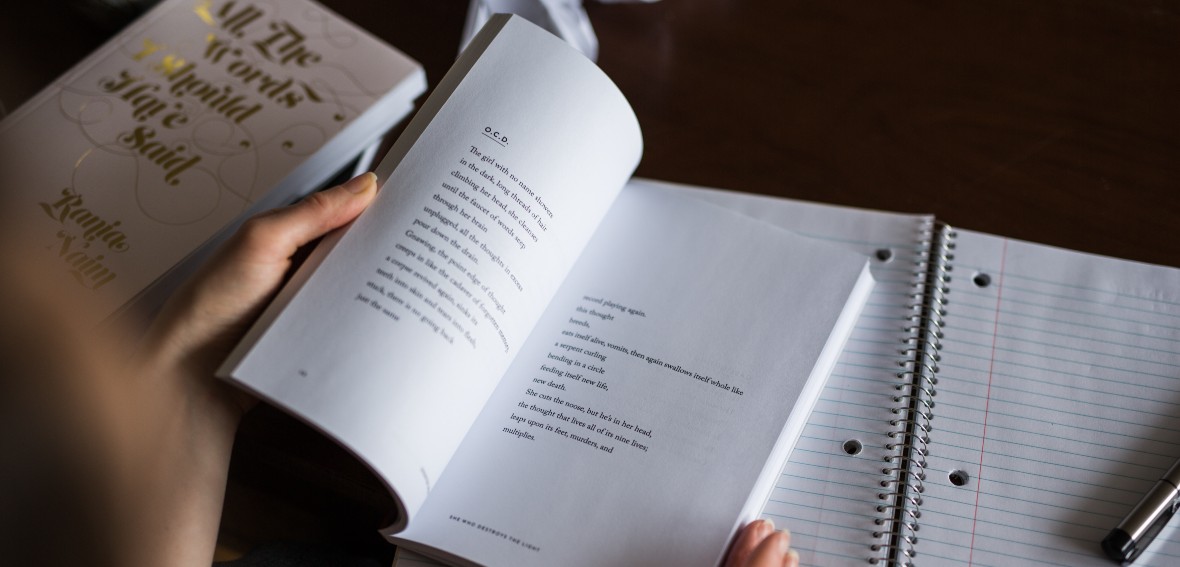Tissage et Tricot
L’art du tissage et du tricot est aussi ancien que la civilisation elle-même. Ces techniques, qui ont traversé les âges, demeurent essentielles dans de nombreuses cultures à travers le monde.
Vocabulaire essentiels : weaving (tissage), knitting (tricot).
Texte académique
“Weaving and knitting are ancient crafts that have evolved over millennia. Weaving, the art of interlacing threads to form fabric, has been practiced in various forms across different civilizations. Knitting, on the other hand, involves creating fabric by interlocking loops of yarn. From the handwoven textiles of ancient Egypt to the intricate knit patterns of Nordic sweaters, these crafts have both functional and aesthetic significance.”
Exercices
- Factual Information Question: According to the paragraph, what does weaving involve?
- Creating fabric by interlocking loops
- The art of interlacing threads to form fabric
- Using yarn to make Nordic sweaters
- A technique practiced only in Egypt
- Inference Question: Which of the following can be inferred about weaving and knitting?
- They are modern techniques
- They were only practiced in cold regions
- They have both practical and aesthetic purposes
- They involve the same process
Réponses
- B) The art of interlacing threads to form fabric
- C) They have both practical and aesthetic purposes
La Magie de la Mosaïque et de la Céramique
Mosaïques et céramiques, avec leurs motifs complexes et leurs couleurs vives, ont été utilisées pour raconter des histoires, célébrer des dieux et décorer des espaces sacrés.
Vocabulaire essentiels : mosaics (mosaïques), ceramics (céramiques).
Texte académique
“Mosaics, a craft involving the assembly of small pieces to create a larger image or pattern, and ceramics, the art of making objects from clay, have ancient roots. Both have been used for various purposes from decorative arts in palatial interiors to utilitarian objects in everyday life. Their enduring appeal lies in their ability to capture stories, beliefs, and aesthetics of a time and place.”
Exercices
- Vocabulary Question: The word “utilitarian” in the passage is closest in meaning to…
- Decorative
- Functional
- Fragile
- Expensive
- Reference Question: The phrase “their ability” in the passage refers to…
- Stories and beliefs
- Time and place
- Mosaics and ceramics
- Palatial interiors
Réponses
- B) Functional
- C) Mosaics and ceramics
Artisanat et Meubles
La création de meubles et d’autres objets artisanaux est le reflet d’une symbiose entre fonctionnalité et esthétique, un équilibre entre utilité et beauté.
Vocabulaire essentiels : furniture (mobilier), carving (sculpture sur bois).
Texte académique
“Craftsmanship in furniture making is a blend of functionality and art. Each piece, whether a grand carved wooden throne or a minimalistic modern chair, tells a story of its creator, its time, and its place. Carving, especially, is a testament to the skill and creativity of the artisan, transforming a block of wood into a piece of art.”
Exercices
- Factual Information Question: According to the paragraph, what does each piece of furniture tell a story about?
- Its price and value
- Its creator, its time, and its place
- The type of wood used
- The tools used in its making
- Inference Question: What can be inferred about carving from the paragraph?
- It is a modern technique
- It is a simple process
- It requires a high level of skill and creativity
- It is done using metal
Réponses
- B) Its creator, its time, and its place
- C) It requires a high level of skill and creativity
Folklore et Art Tribal
Le folklore et l’art tribal représentent la quintessence des traditions et croyances d’une communauté ou d’une culture. Ces œuvres, souvent transmises de génération en génération, sont le reflet d’une identité collective.
Vocabulaire essentiels : folk art (art folklorique), tribal art (art tribal).
Texte académique
“Folk and tribal arts are the heartbeat of a community’s shared history and values. Folk art, often characterized by its naivety and directness, is a reflection of everyday life, while tribal art, deeply rooted in rituals and spiritual beliefs, serves as a bridge between the physical and metaphysical world. Both forms, while distinct, celebrate the richness of human expression and the desire to capture the essence of a community’s shared experiences.”
Exercices
- Rhetorical Purpose Question: Why does the author compare folk art to tribal art?
- To highlight the superiority of one over the other
- To illustrate their distinct characteristics and common purpose
- To suggest that they originate from the same source
- To demonstrate the complexity of both arts
- Vocabulary Question: The word “metaphysical” in the passage is closest in meaning to…
- Physical presence
- Artistic representation
- Beyond the physical realm
- Based on rituals
Réponses
- B) To illustrate their distinct characteristics and common purpose
- C) Beyond the physical realm
Artisanat à l’Ère Technologique
À une époque dominée par la technologie, l’artisanat traditionnel trouve-t-il encore sa place ? La réponse est un retentissant “oui” alors que les artisans modernes fusionnent habilement tradition et innovation.
Vocabulaire essentiels : digital adaptation (adaptation numérique), modern craft (artisanat moderne).
Texte académique
“In an age where screens dominate and machines automate, there’s a resurging appreciation for handcrafted goods. Modern craft is not about shunning technology but embracing it to enhance traditional techniques. Digital adaptation in crafts has led to precision, scalability, and new avenues of creativity, ensuring that the age-old skills not only survive but thrive in the modern era.”
Exercices
- Negative Factual Information Question: According to the passage, which of the following is NOT true about modern craft?
- It embraces technology
- It is about shunning technology
- It uses technology to enhance traditional techniques
- It has benefited from digital adaptation
- Inference Question: What can be inferred about handcrafted goods from the paragraph?
- They are becoming obsolete in the modern world
- They are more appreciated in the digital age
- They are less precise than machine-made goods
- They cannot be scaled or replicated
Réponses
- B) It is about shunning technology
- B) They are more appreciated in the digital age
Résumé et Perspectives
L’art artisanal, avec ses nuances et ses techniques diversifiées, est un miroir reflétant la riche tapestry de l’histoire humaine, des traditions et de la créativité. Au-delà de la beauté visuelle, il raconte des histoires, des générations et des civilisations passées.
Pour un candidat au TOEFL iBT, plonger dans cet univers ne se résume pas à une simple acquisition linguistique.
C’est une exploration qui, tout en élargissant le vocabulaire et la compréhension, ouvre également les portes d’une appréciation culturelle profonde et d’une perspective mondiale enrichie.
